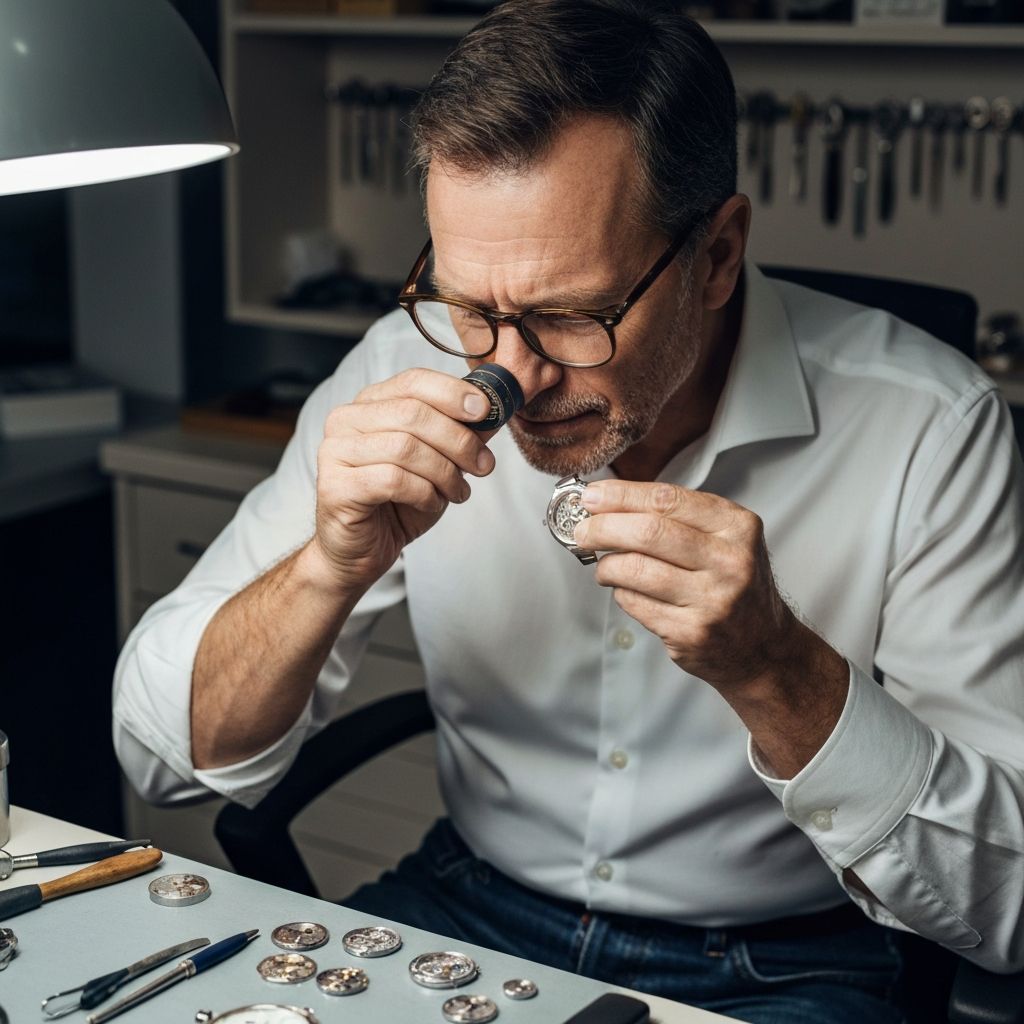How to Authenticate Luxury Watches: A Comprehensive Guide
Protecting yourself from counterfeits with expert authentication tips.

The watch market includes countless fake watches, from obvious counterfeits to sophisticated replicas. Learning to authenticate watches protects you from costly mistakes.
Start with the seller. Authorized dealers and established grey market dealers offer authenticity guarantees. Private sellers require more caution. Check seller reputation, ask for references, and verify their knowledge. Legitimate sellers welcome authentication and provide detailed photos.
Examine the watch carefully. Fakes often have poor finishing—rough edges, misaligned printing, or incorrect fonts. Check the weight—fakes typically feel lighter due to cheaper materials. Inspect the movement through the caseback if possible. Fake movements lack the finishing and detail of genuine pieces.
Serial numbers and reference numbers should match the model. Rolex serial numbers are engraved between the lugs (older models) or on the rehaut (newer models). Patek Philippe numbers are engraved on the caseback and movement. Verify numbers match the model and production period.
Documentation matters. Original boxes, papers, and service records add authenticity. However, fake papers exist, so don't rely solely on documentation. Cross-reference serial numbers with manufacturer records when possible.
Common red flags include prices too good to be true, sellers unwilling to provide detailed photos, missing serial numbers, and watches sold without boxes or papers (though legitimate watches sometimes lack these).
For expensive purchases, use professional authentication services. Companies like Watch CSA or independent watchmakers can verify authenticity for a fee. The cost is worthwhile for expensive pieces.
Frankenwatches—watches assembled from parts of different watches—are particularly problematic in the vintage market. These may have genuine cases but replacement dials, hands, or movements. Only buy vintage watches from reputable dealers or get independent authentication.
Trust your instincts. If something feels wrong, walk away. Plenty of legitimate watches exist—don't risk buying a fake to save money or time.
About Haruko Nakazima
Haruko Nakazima is a watch enthusiast and contributor to our publication, specializing in technical and bringing years of experience in the watch industry.